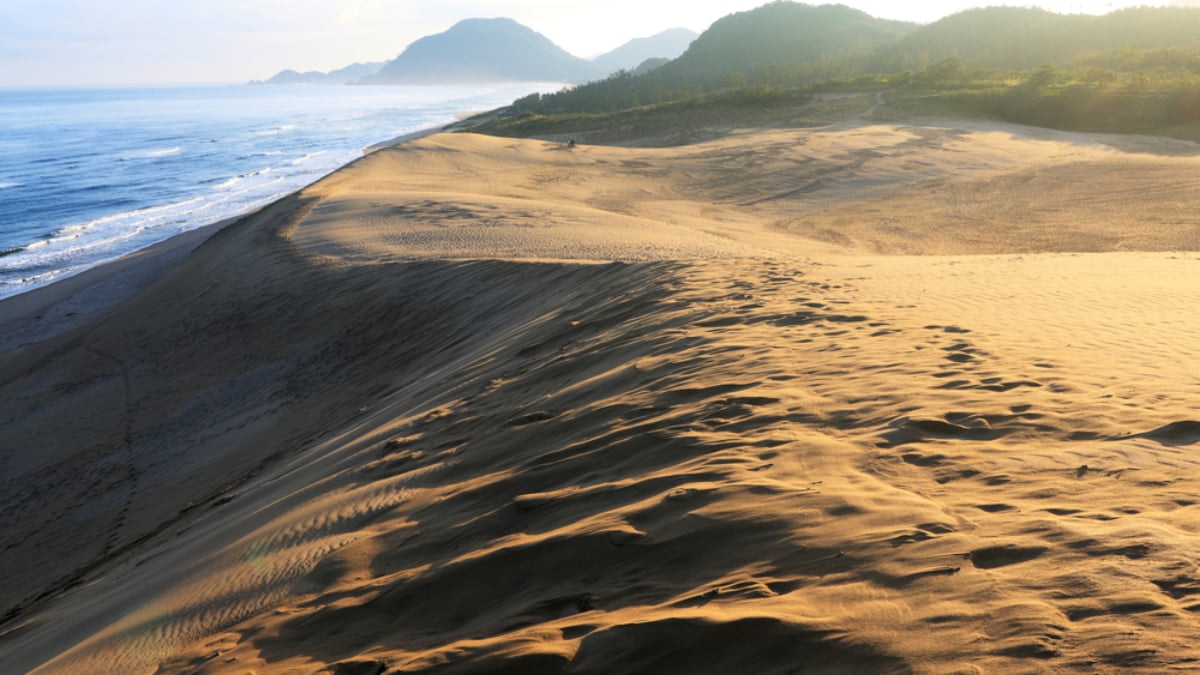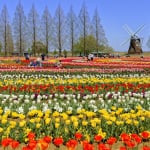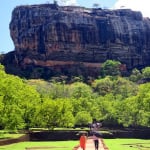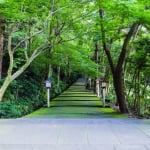The museum is open from 9 AM to 4 PM on Monday to Friday and Sundays and 9 AM to 6 PM on Saturdays.
The entry fee is ¥600 for adults and ¥300 for students (apart from university students).
Take a trip to one of Japan's most underrated prefectures, Tottori might not get much recognition, but there's plenty to do in this beautiful part of Japan.
table of contents
[x] close
8 Incredible Things to Do in Tottori, Japan
Where is Tottori?
Tottori is located in Japan's Chugoku region, at the southern end of the main island of Honshu. Together with Shimane Prefecture, the area is also known as the Sa'nin region. Facing the Sea of Japan, with the Chugoku Mountains cutting through its heart, Tottori is the least populated prefecture in Japan.
Uradome Coast
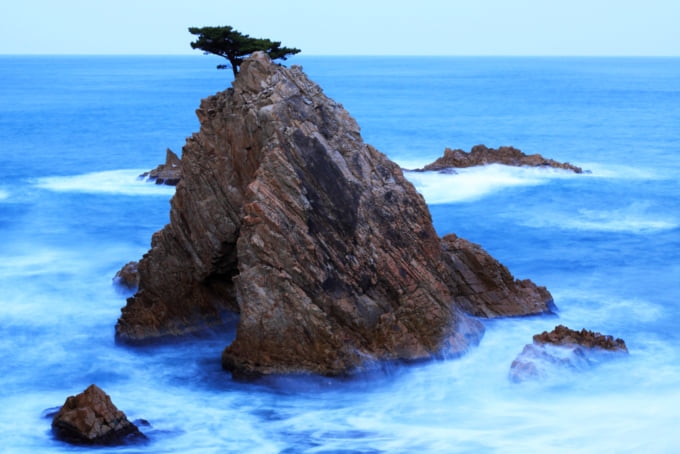
Photo by Jing Ting/Shutterstock
While Tottori is usually known for its incredible sea meets sand scenery, the prefecture is actually full of beautiful scenery, from the jagged Uradome Coast to the imposing Chugoku Mountains further inland. The Uradome Coast was formed by millions of years of erosion, creating the impressive rocky islands and rock formations found there. Covered with white sandy beaches and beautiful pine trees, this picturesque coastline is often compared with Matsushima, one of Japan's most iconic views.
Mount Daisen
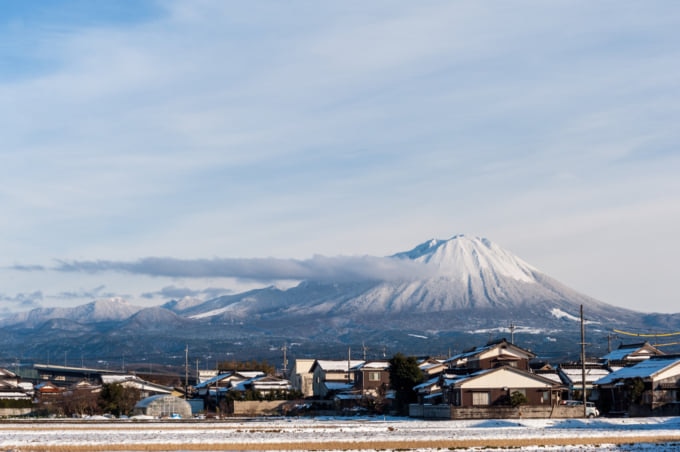
Photo by aiman_zhafransyah/Shutterstock
Towering above much of Tottori Prefecture, Mount Daisen is the tallest mountain in the Chugoku region, rising up to a height of of 1,729 meters. When viewed from certain points, the mountain bears a similar appearance to the iconic Mount Fuji, one of the most beautiful natural symbols of Japan. Mount Daisen shares some similarities with Fuji too, it's also a dormant volcano having not erupted for several thousand years. Mount Daisen has also long hold a spiritual meaning to the local people throughout history, with a number of temples and shrines around its boundaries.
Despite the mountain's height, getting to the top is fairly straightforward and easy. It usually takes about three hours to get to the summit of Misen Peak, much of the trail is paved with wooden stairs and walkways. For those who aren't used to mountain climbing, it can get a little steep and tiring at times but isn't too difficult.
The view from the top is absolutely stunning, being the highest mountain in the area allows for breathtaking vistas across the coast of Tottori and towards the neighboring prefecture of Shimane.
Tottori Sand Dunes

Rolling golden hills stretching to the gentle waves of the Sea of Japan, the Tottori Sand Dunes gives a unique appearance of sea meets desert. Tottori's famous dunes have often put the prefecture on the map, although it's still one of Japan's most unknown regions.
To really get the feeling that you're traveling through a desert, you can pay for a camel ride through the dunes. The ride costs ¥1,300 per person and it's possible to have two people riding one camel (the price will still be per person however.) It's also possible to just pay ¥100 for a picture with a camel and ¥600 to take a picture riding the camel.
Sand Museum

Next to the sand dunes you'll find the Sand Museum, using the sand from Tottori's iconic landscape to build impressive and detailed sand sculptures. The museum regularly changes themes and exhibitions such as the 'Travel around the World in Sand' which sculpts various famous places and heritage sites around the world out of sand.
Tottori Beef Ramen
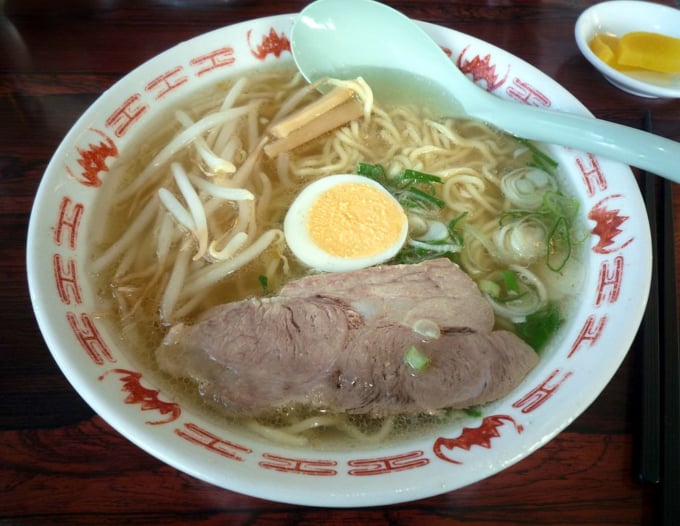
While the classic noodle dish of ramen can be found all over Japan, Tottori does it a little differently. A famous local dish from Tottori, the broth is made with beef bones instead of the usual pork. The beef bones make the broth taste slightly sweeter along with a delicious beefy flavor.
For some more unusual ramen dishes across Japan, check out this article here.
Kurayoshi
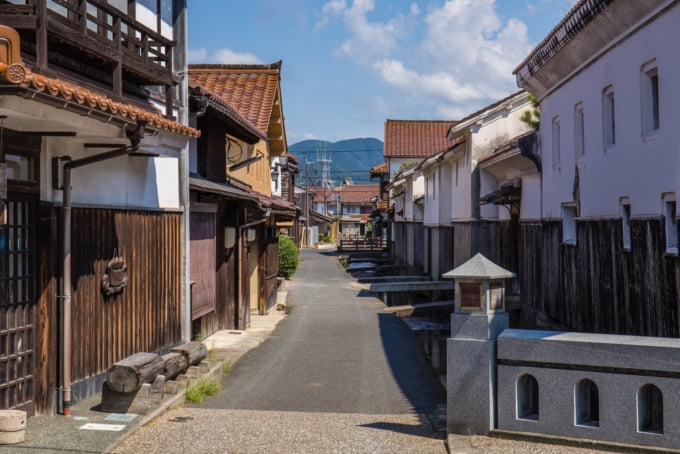
Photo by WorldStock/Shutterstock
Tottori's ancient capital, Kurayoshi was the seat of government when the prefecture was once known as Hoki Province. While not much is left of the city's castle, the historical merchant district with its old warehouses is a throwback to bygone times. Most of the buildings and warehouses have been converted into shops selling all kinds of souvenirs and trinkets to browse around.
Watch the Fireflies at Nichinan

This small town in the countryside of Tottori comes alive at night during the summer months when you can often spot fireflies glimmering in the darkness. The most famous spot is known as Fukumaki, in the forests around the town, which is often full of fireflies. The best time to see them is around 8 PM to 9 PM in late June and early July. Buses leave from Nichinan town to the firefly viewing spot during the viewing season.
Tottori Seafood
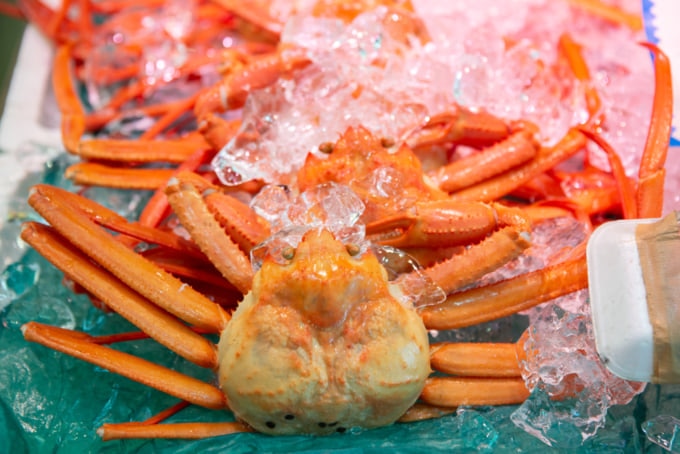
Like most cities and regions along the coastline of the Sea of Japan, Tottori is famous for its seafood, in particular its snow crabs, horsehair crabs and rock oysters. In fact, it's often given the nickname the 'Crab Prefecture' or kanitoriken, due to the high volume of crabs caught of the shore of Tottori.
How to Get to Tottori?
Like most of Japan, Tottori is well-connected, despite its stigma as a rural area. It's easy to get to Tottori from Osaka and Kyoto, and further afield.
If you're going by public transport, take the Super Hakuto (limited express) train from either Kyoto or Osaka Station, straight to Tottori Station. Some Super Hakuto trains also continue on to Kurayoshi. Note that if you're traveling from elsewhere in Japan on the bullet train, you can take the Super Hakuto train from Shin-Osaka Station or Himeji Station. The journey takes about two and a half hours from Osaka to Tottori and costs ¥7,000. For those with a JR Pass, the train is not completely covered and a surcharge of ¥1850 is required.
There is an airport in Tottori with regular flights to and from Tokyo, Tottori Sand Dunes Conan Airport or just Tottori Airport is just outside the main city and takes about 20 minutes by bus to Tottori Station.
RELATED ARTICLES
REGIONS
CATEGORIES
FEATURED ON Japan
-
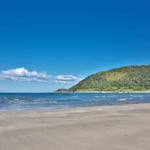
4 Recommended Sightseeing Spots in Hidaka Town, Wakayama Prefecture
-
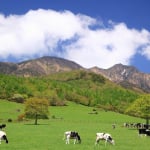
4 Recommended Souvenirs from Hokuto City, Surrounded by the Southern Alps and Mt. Yatsugatake
-
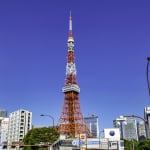
Introducing recommended souvenirs from Tokyo Tower! So many attractive gifts to choose from
-
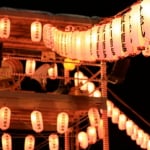
Not Just Fireworks! Introducing 3 Popular Festivals Around Kitasenju
-
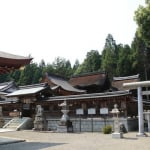
5 Must-See Tourist Spots in Ryūō Town – Deeply Historical Sites That Even History Buffs Will Love!
MOST POPULAR ON Japan
-
 1
1Doha: Must-see Attractions in the Capital of Qatar
-
 2
2Toronto: 10 Things to do in this Picturesque Canadian City
-
 3
3Amarillo: A City Famous for It’s Amazing Canyons, Great History and Music
-
 4
4South Korea: Dazzling Scenery, Rich Culture and Fascinating History
-
 5
5Kuwait: A Country in Middle East Asia Famous for Hot Sand Dunes and Stunning Cityscape
